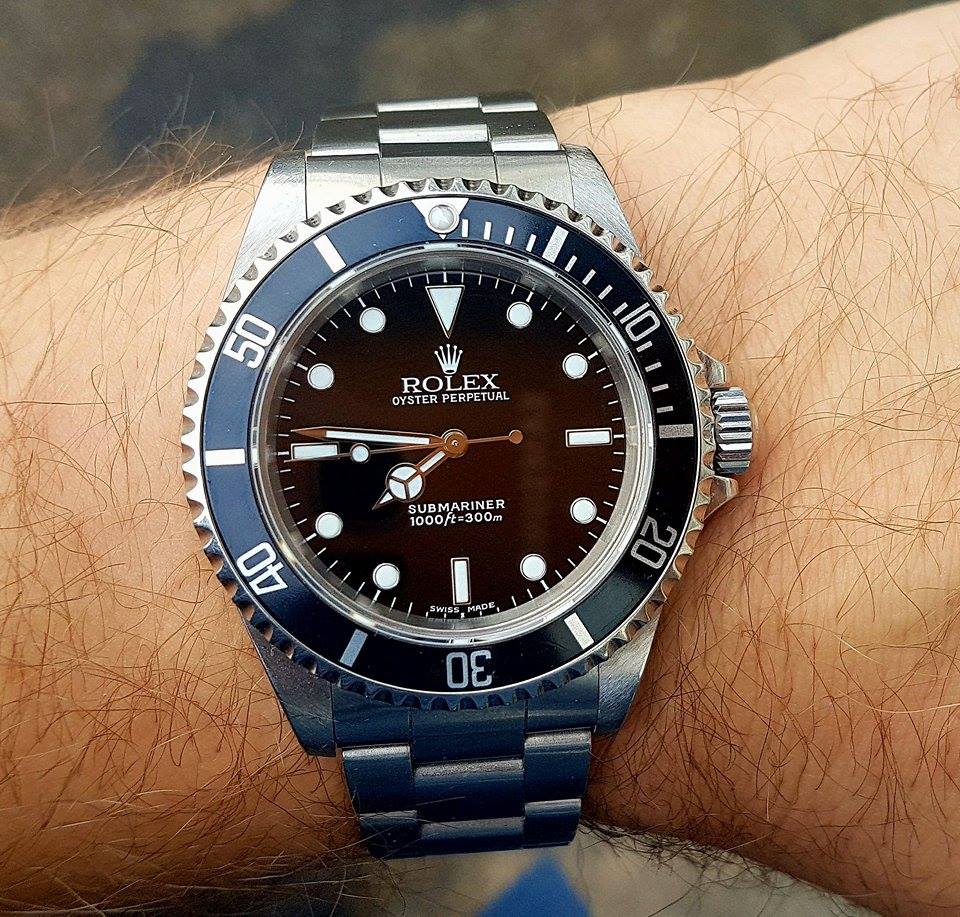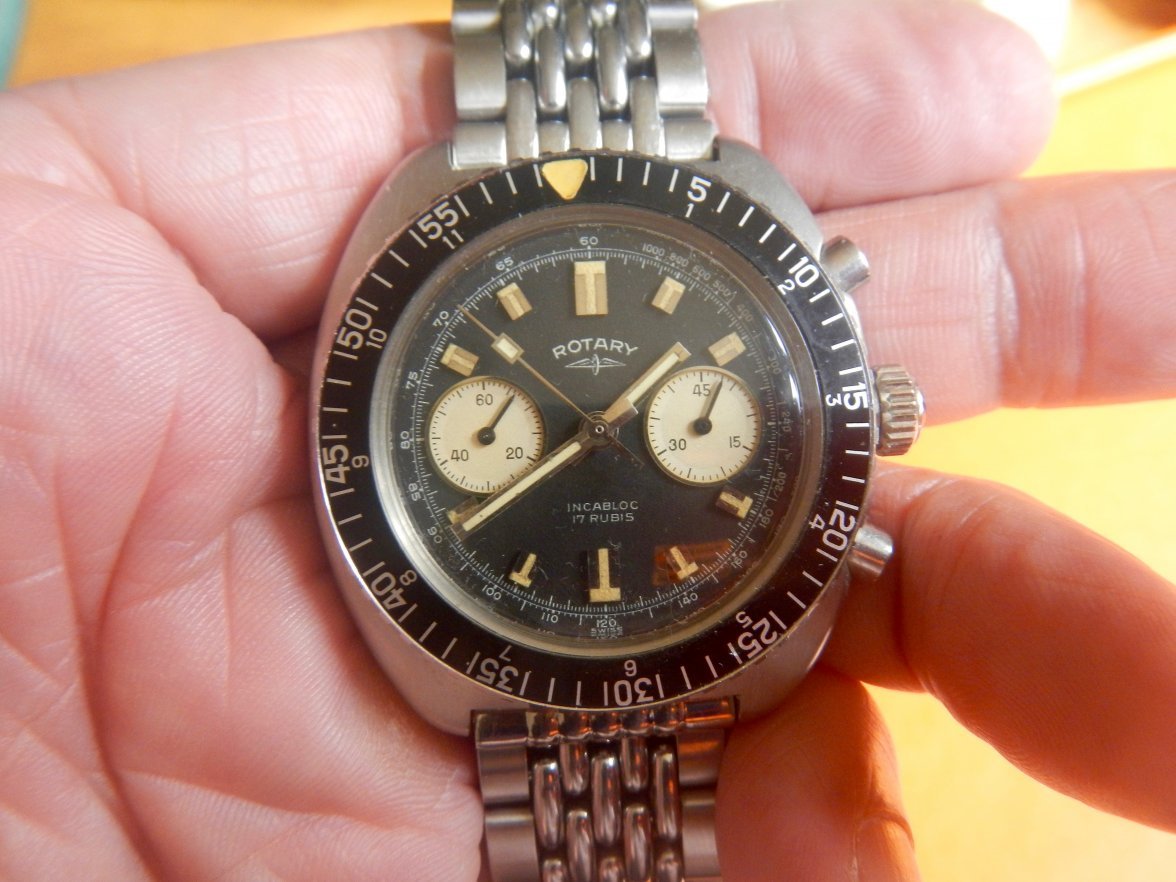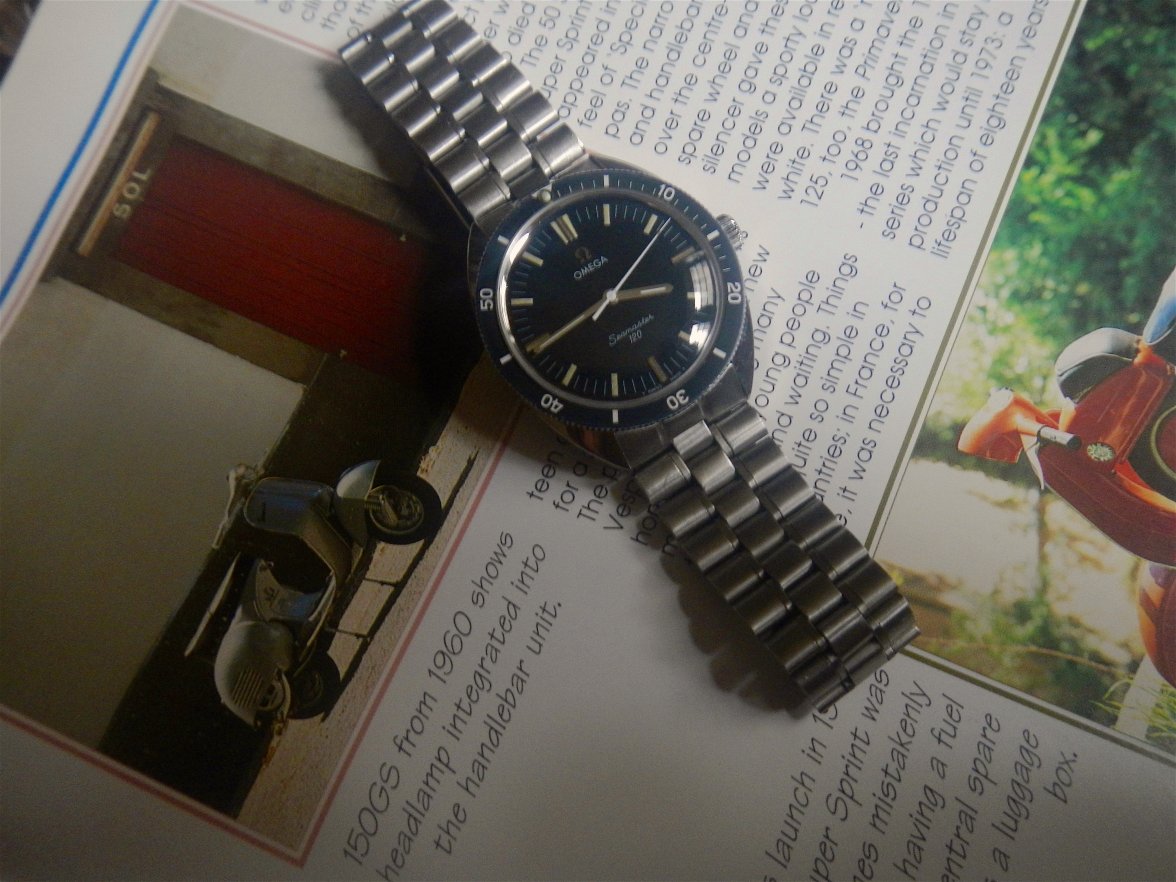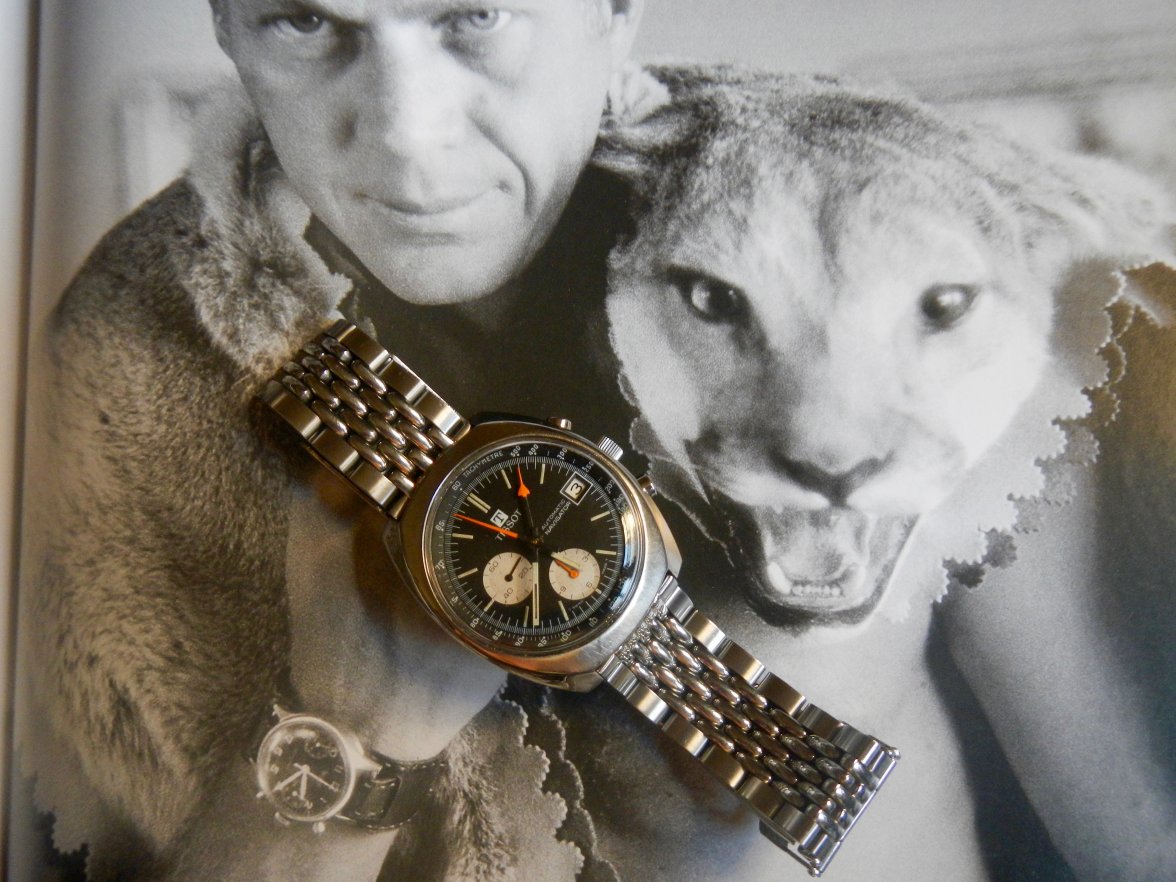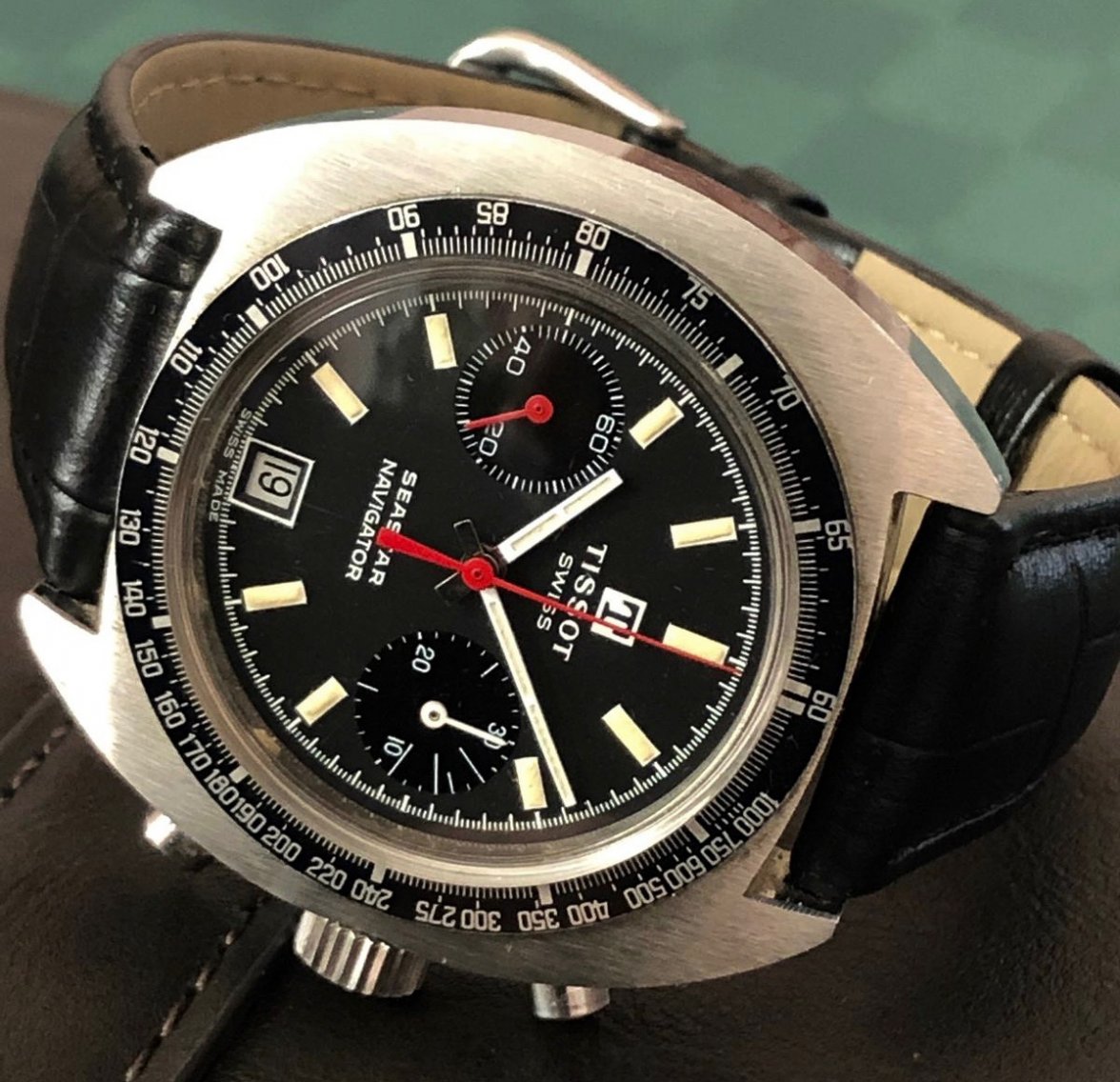VINTAGE watches ... show and tell ...
Wyatt66
·Feeling a bit inadequate now, sigh... @adam78’s collection of Rolex’s caught my eye in particular (amongst many others)...
Edited:
hmmmcamu
·Jerseyhammer
·All my best pictures are taken in natural light 😀
Here are some of the pictures I have taken the last months.
Nice collection
hmmmcamu
·hmmmcamu
·hmmmcamu
·Lawrence of Arabia aviator chronograph-wristwatch, 1915: This watch of exceptional historical interest was worn by Thomas Edward Lawrence, British archaeologist, officer and writer, called Lawrence of Arabia (1888-1935). Animating a rebellion against Turkey from 1916 to 1918, he freed the Arabic Middle East countries. Caseback engraved with an "A" (Aviation) and the "Broad Arrow", symbols of the British army in which Lawrence firstly served in 1914, as an interpreter and second lieutenant, and a second time incognito upon his return from Arabia on August 30, 1922 under the name of John Hume Rossas, as a mechanic with the Royal Air Force. He enlisted a third time on February 23, 1923 changing his pseudonym to T. E. Shaw, which is why the guarantee slip dated April 18, 1933 (issued after a revision) included with this chronograph is made out in the name of T.E. Shaw and not in the name of the writer of the Seven Pillars of Wisdom.
Calibre 18''' SO PB CHRO, enamel dial, 1/5-second minute track, hollow Arabic numerals with inner 13-24 in red small seconds at nine o'clock, 15-minute totalizer at 3 o'clock, blued steel Empire hands, lentil-shaped 925 sterling silver case with red gilt mono-pushbutton at 6 o'clock, caseback with hinge, Louis XV crown, curved loops, sewn "two leather straps" bracelet, silver buckle (ref. 568.18)
The serial number 4'428'513 shown on its movement identifies this chronograph wristwatch as ordered on September 23, 1915 by France or one of its colonies, while the serial number 4'789'732 on its caseback refers to a standard 17'''hunting type pocket watch ordered on September 1912 by the agent Joseph Sewill of Liverpool! The caseback interior was enlarged by hand in order to fit the case-middle size of the 18''' chronograph. Its dust-protective double back cover was eliminated to allow this replacement back, flatter than the original one, to snap when closing.
Consequently three corresponding riddles remain unsolved:
1. When, how and why this chronograph wristwatch supplied to France or one of its colonies reached the hands of a British army agent?
2. When, how and why was the original caseback replaced by one of another model?
3. When, how and why was it engraved not with the symbols of the Royal Air Force at that time (Initials AM for Air Ministry with a crown on top) but with those of the Royal Flying Corps established on April 13, 1912 and replaced by the RAF on April 1, 1918?
Calibre 18''' SO PB CHRO, enamel dial, 1/5-second minute track, hollow Arabic numerals with inner 13-24 in red small seconds at nine o'clock, 15-minute totalizer at 3 o'clock, blued steel Empire hands, lentil-shaped 925 sterling silver case with red gilt mono-pushbutton at 6 o'clock, caseback with hinge, Louis XV crown, curved loops, sewn "two leather straps" bracelet, silver buckle (ref. 568.18)
The serial number 4'428'513 shown on its movement identifies this chronograph wristwatch as ordered on September 23, 1915 by France or one of its colonies, while the serial number 4'789'732 on its caseback refers to a standard 17'''hunting type pocket watch ordered on September 1912 by the agent Joseph Sewill of Liverpool! The caseback interior was enlarged by hand in order to fit the case-middle size of the 18''' chronograph. Its dust-protective double back cover was eliminated to allow this replacement back, flatter than the original one, to snap when closing.
Consequently three corresponding riddles remain unsolved:
1. When, how and why this chronograph wristwatch supplied to France or one of its colonies reached the hands of a British army agent?
2. When, how and why was the original caseback replaced by one of another model?
3. When, how and why was it engraved not with the symbols of the Royal Air Force at that time (Initials AM for Air Ministry with a crown on top) but with those of the Royal Flying Corps established on April 13, 1912 and replaced by the RAF on April 1, 1918?
hmmmcamu
·Reborn
·Vintage - mainly a Rolex/Tudor fan, getting into Omega
 Some Tudor and Rolex fun by The Cloth Shutter, on Flickr
Some Tudor and Rolex fun by The Cloth Shutter, on Flickr
 Some Tudor and Rolex fun by The Cloth Shutter, on Flickr
Some Tudor and Rolex fun by The Cloth Shutter, on FlickrConElPueblo
·One of my fav: Tissot Seastar Navigator, as-new condition 🥰
If you love it so much, why is it for sale?
Then again, with 100+ posts in three days, I guess we'll see a few sales posts from you on OF soon - right? 🙄
Gbhulk
·If you love it so much, why is it for sale?
Then again, with 100+ posts in three days, I guess we'll see a few sales posts from you on OF soon - right? 🙄










